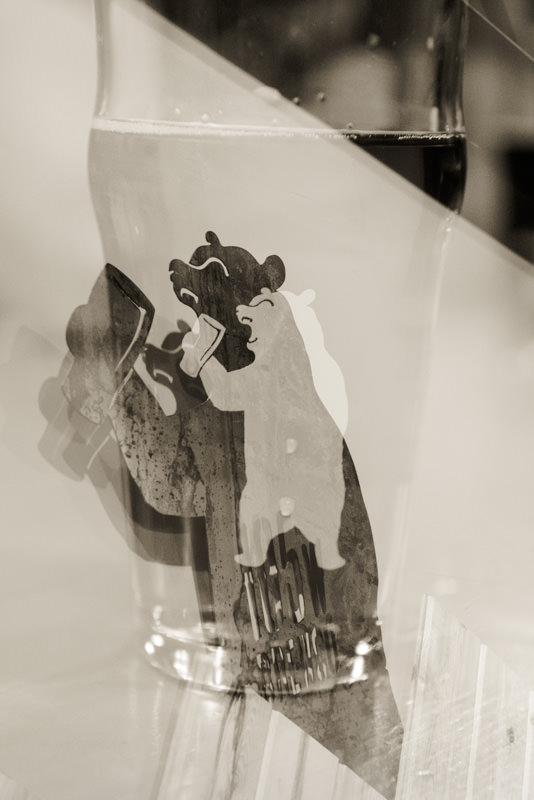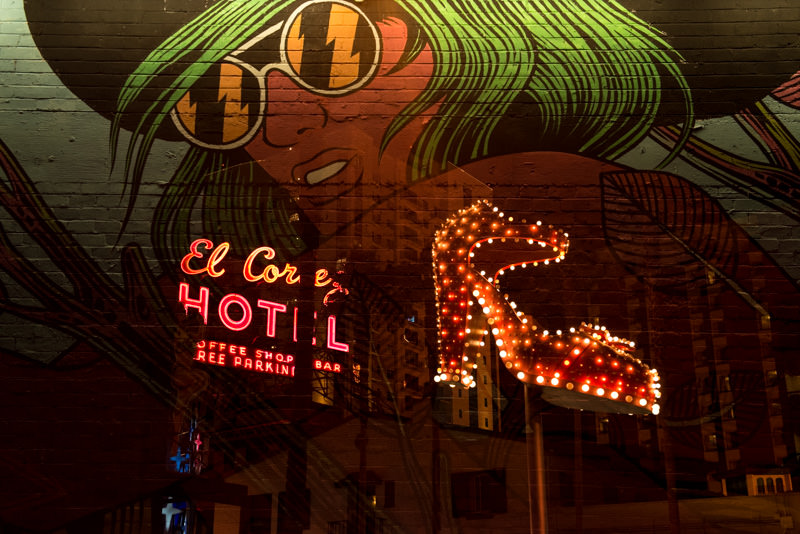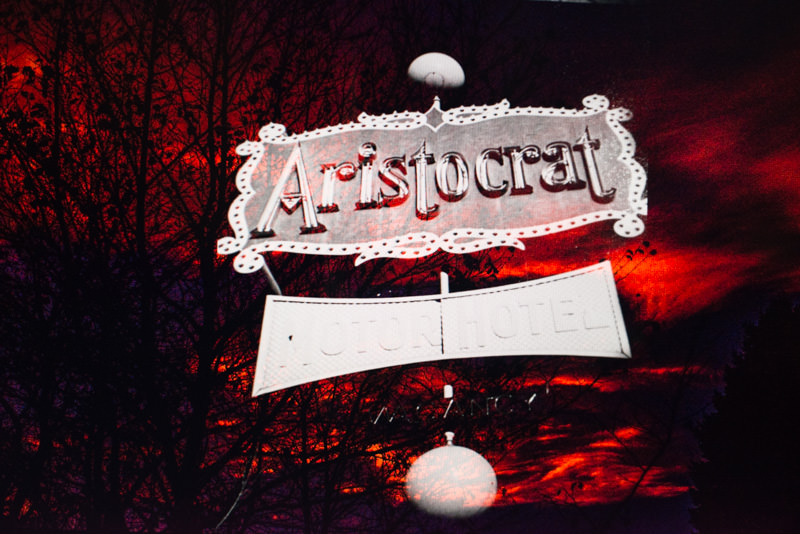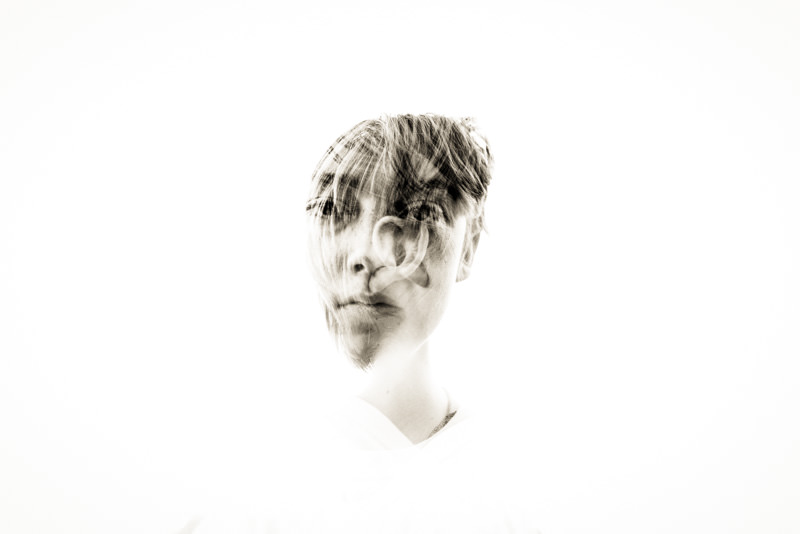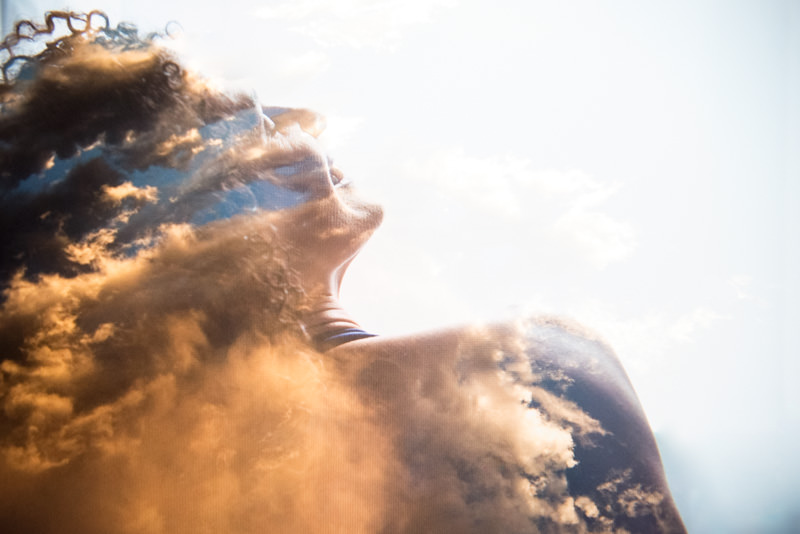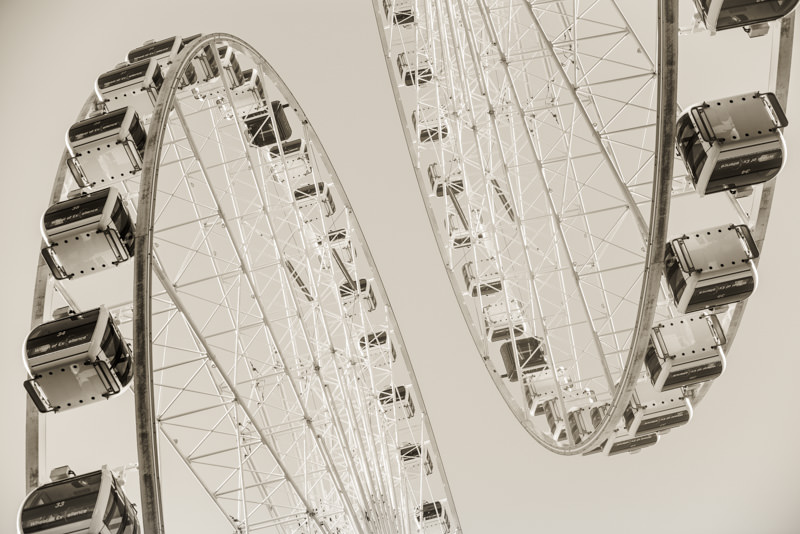
Photos from my 100 Day Projects exploring double exposure photography.
Exploring Double Exposure Photography: A 100 Day Challenge
One of my early 100 Day Projects was a deep dive into the world of double exposure photography—an exciting creative challenge that I repeated a year later because of how much it pushed my skills and imagination. For those unfamiliar, double exposure involves combining two different images to create a unique, layered photograph. Today, many cameras have features that allow you to blend images in-camera, but at the time of my project, I didn’t have access to those features, so I had to rely on a more traditional, trial-and-error approach.
What is Double Exposure Photography?
Double exposure photography is the process of layering two different exposures in a single frame. This technique can be done either in-camera or in post-processing, but the magic happens when you do it blind—without seeing how the two images will come together until after the shot is taken. It creates a sense of spontaneity and creative risk that’s difficult to replicate through editing software.
How I Approached My Project
Since I didn’t have the benefit of in-camera blending features at the time, I had to act quickly. The camera I was using allowed just a few seconds between taking the first and second shots, so planning ahead became essential. I would envision both layers of the image—thinking about how shapes, light, and subjects might interact—but I never really knew how it would turn out until I saw it. The results often felt like a surprise gift.
The real thrill, for me, came from not knowing exactly how the image would develop. The challenge lay in composing something in your mind and then capturing it without immediate feedback. This sense of unpredictability is what drew me in—it forced me to rely on intuition, memory, and a bit of luck.
For more about my personal experience and the challenges I faced during this project, read my full blog post.
Why I Avoid Post-Processing for Double Exposure
As my project progressed, I experimented with creating double exposures in Photoshop, but quickly abandoned the idea. The process felt too controlled, and for me, it drained the energy from the creative challenge. The essence of double exposure photography, at least in my experience, is the thrill of capturing the unknown. That’s why even the in-camera feature that lets you combine an old photo with a new one feels a bit like “cheating” to me.
In the end, though, the real beauty of this practice is that you can try again and again. You get to experiment until you feel like you’ve got something special, and each time that rush of uncertainty and excitement makes the creative process more rewarding.
Tips for Trying Double Exposure Photography
If you’re interested in exploring double exposure photography yourself, here are a few things I learned during my 100 Days of Double Exposure project:
Preplan Your Shots: Think about how two different subjects might interact in one frame. Light and shape are key elements to keep in mind.
Embrace Imperfection: Double exposure is all about experimentation and unpredictability. Don’t worry about getting it perfect on the first try—part of the fun is seeing unexpected results.
Use Your Camera’s Features (Or Don’t!): If you’re working with a camera that has double exposure settings, try using it for ease, but don’t be afraid to disable it and go for the more traditional approach, where the outcome is more spontaneous.
Challenge Yourself: Whether you’re shooting two exposures in quick succession or layering them later, push yourself to think creatively and step out of your comfort zone.
Want to Learn More About Creativity Challenges?
Double exposure is just one way to stretch your creative muscles. If you’re intrigued by this process, check out my blog post on the 100 Day Project, where I dive into how these kinds of challenges can help unlock new ways of thinking and seeing as an artist. Whether you're a photographer or simply looking to deepen your creative practice, you’ll find plenty of inspiration and practical tips to get started.
Denver editorial photographer - creating visual content for newspaper stories, magazines, and online media.




























